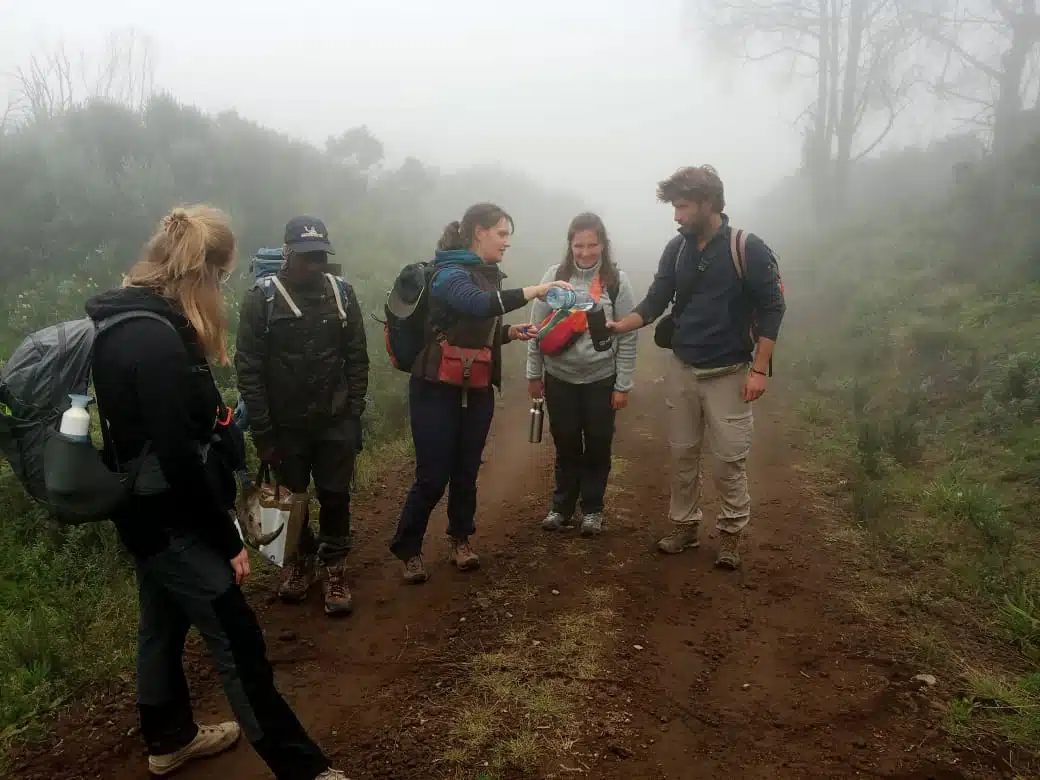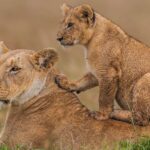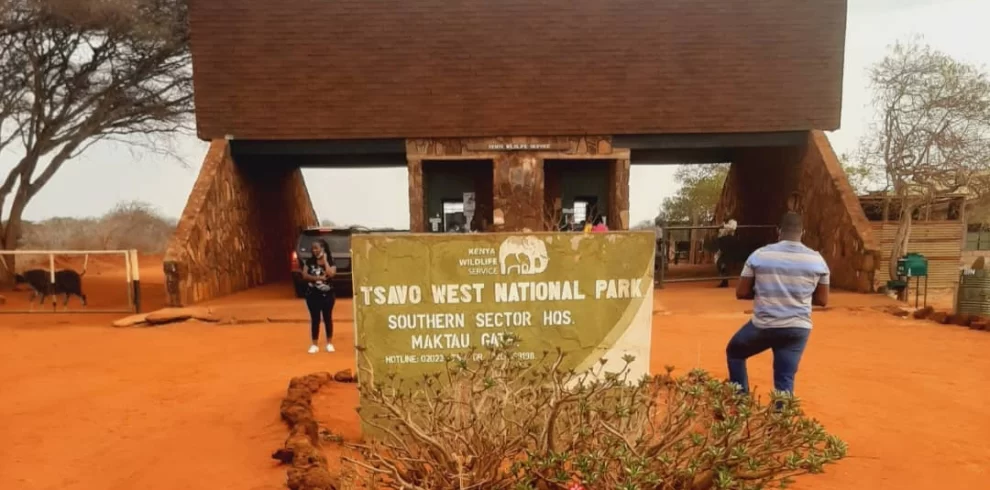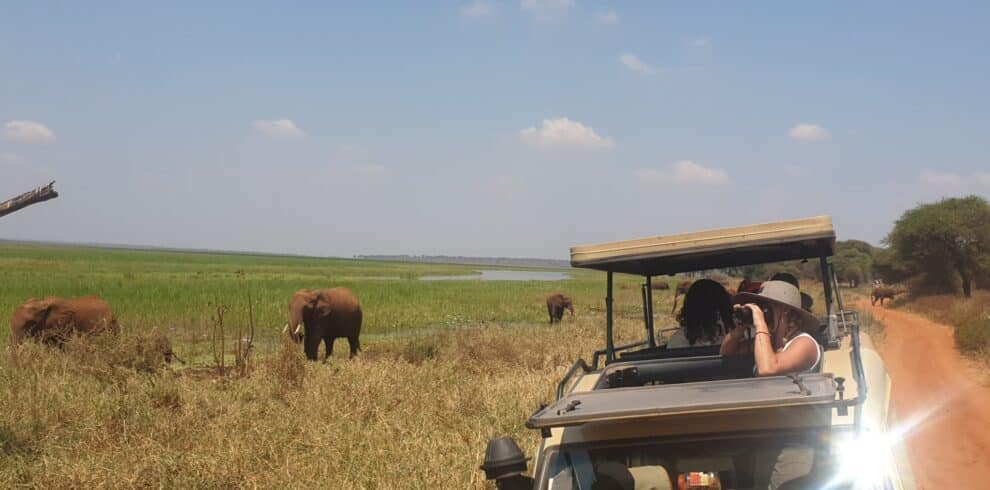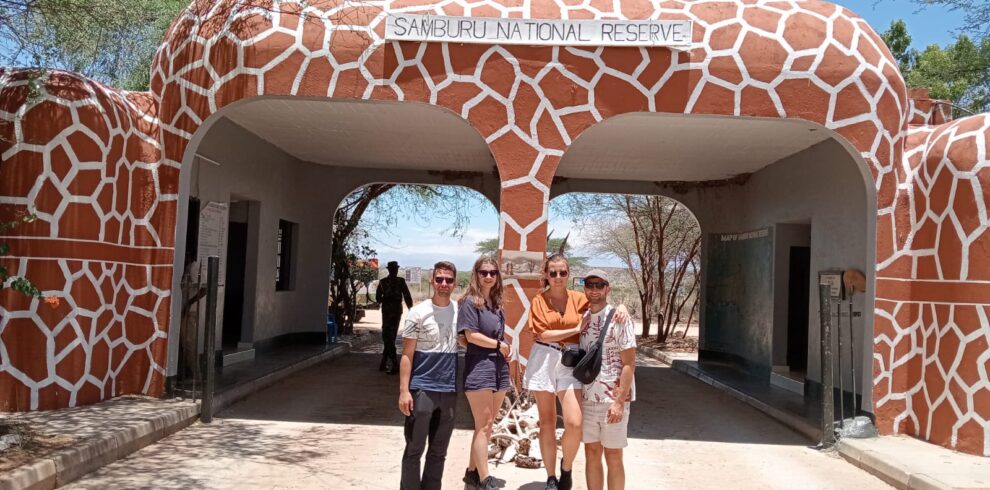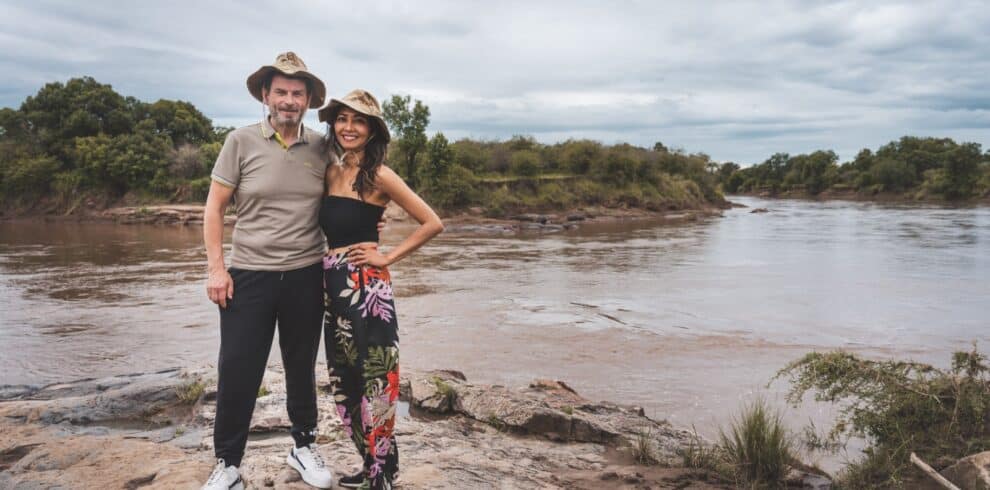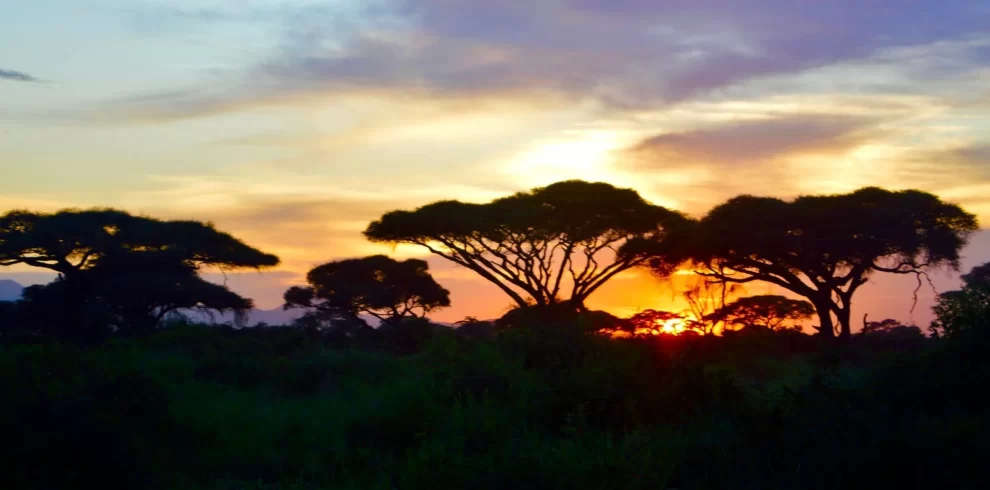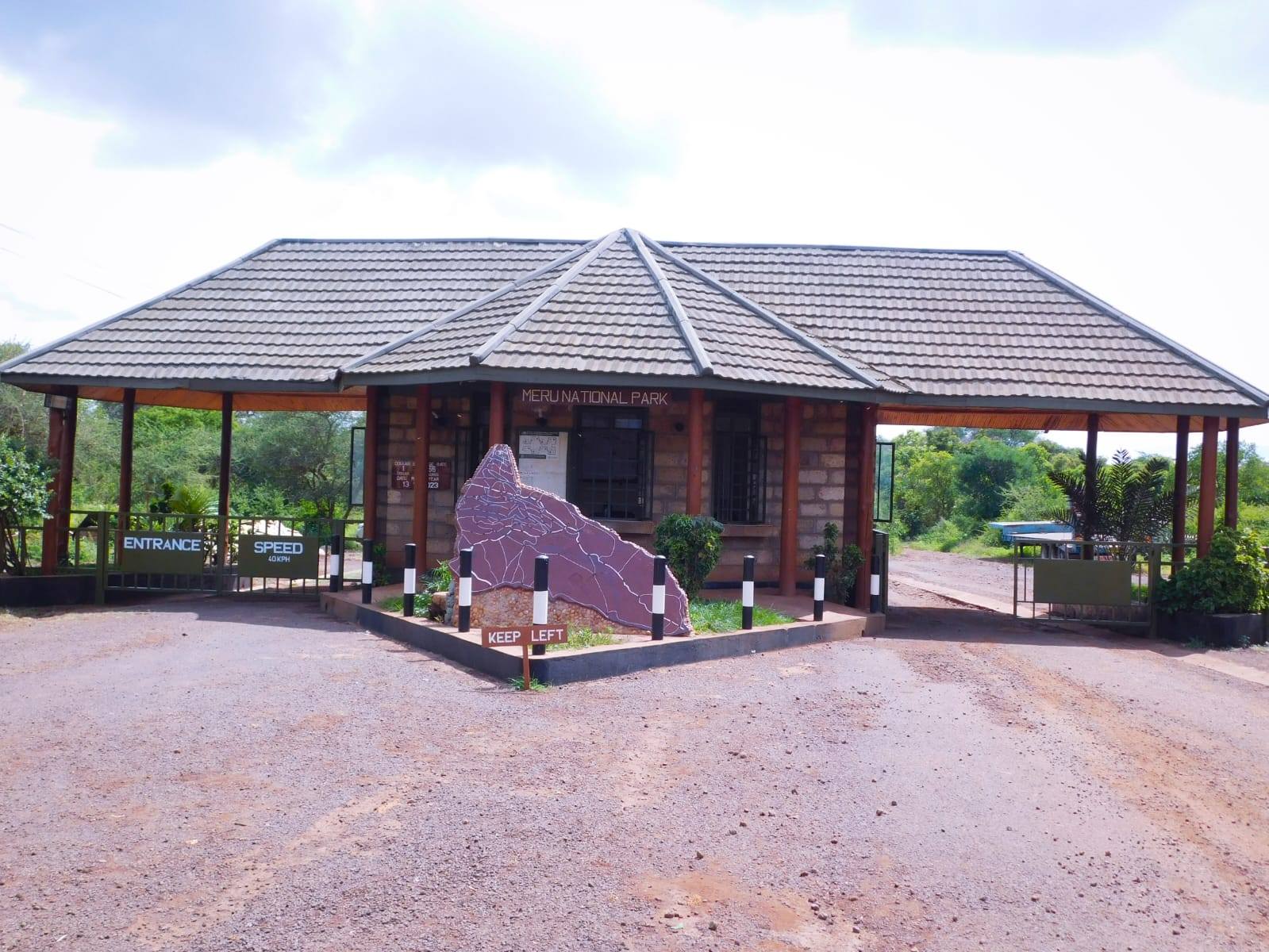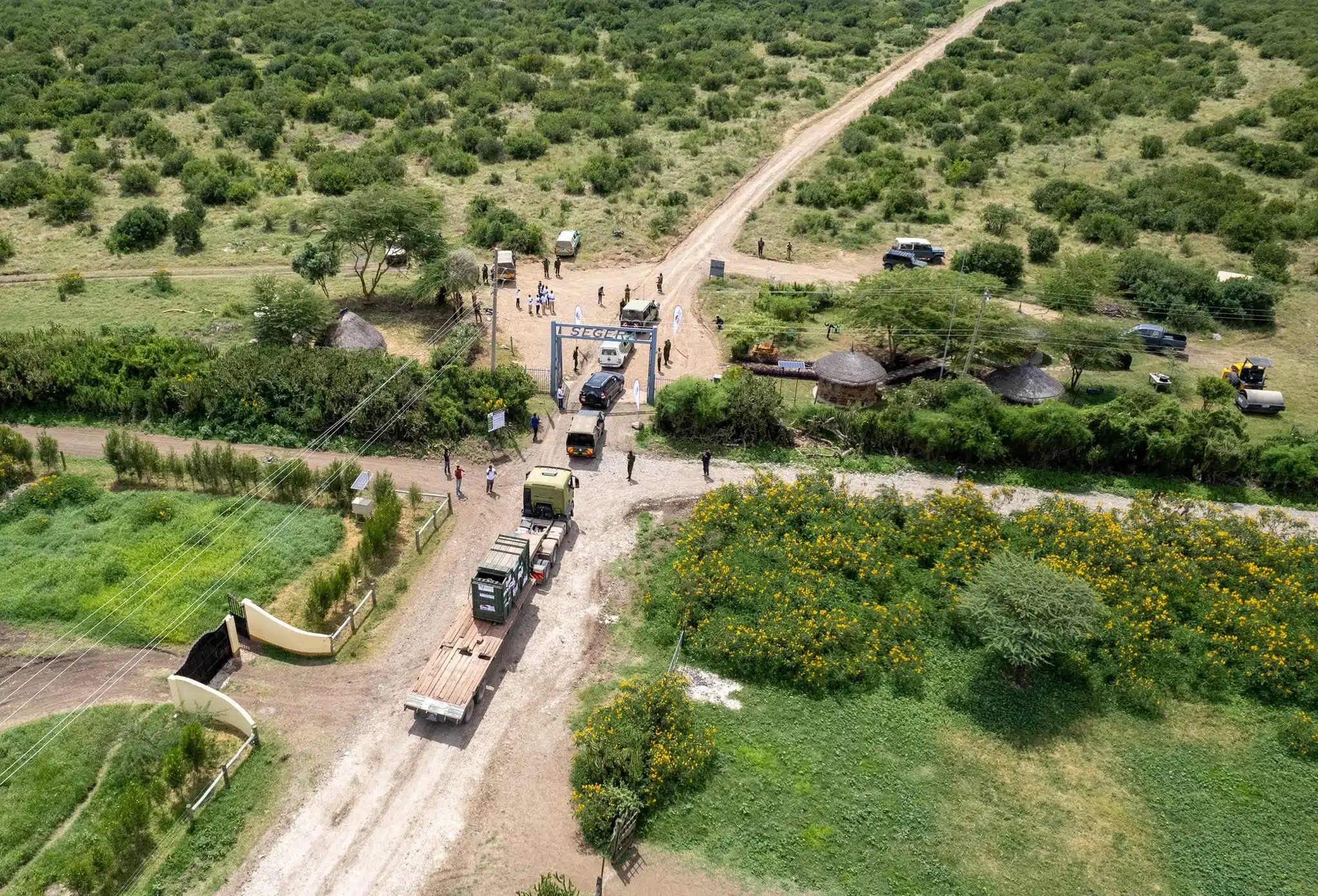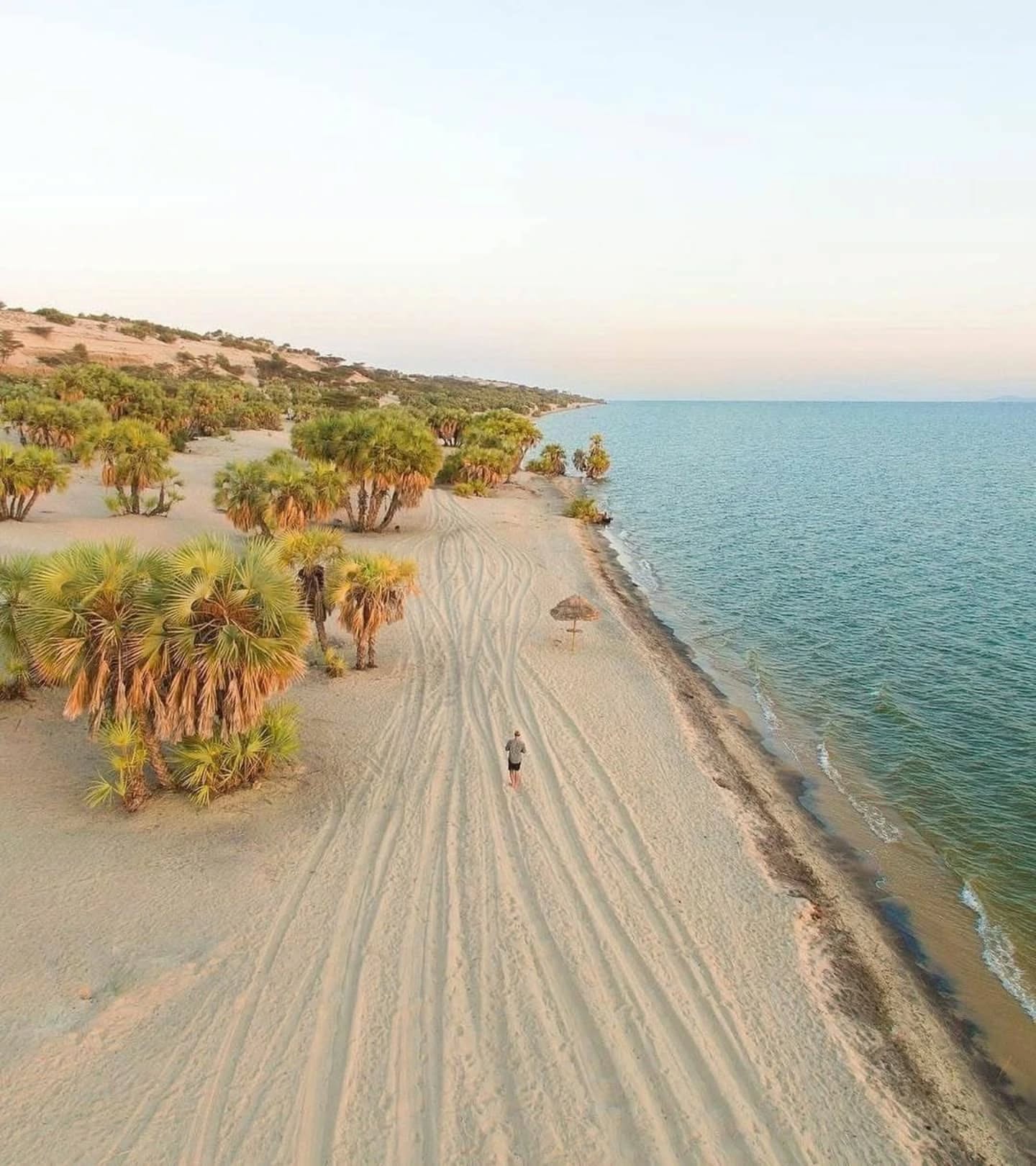Mt Kenya The Second Highest Peak in a Africa, standing at 5,199 meters (17,057 feet) above sea level. While overshadowed by Mount Kilimanjaro, Mount Kenya offers a unique and breathtaking experience for climbers and nature lovers alike. Known for its rich ecosystems, stunning glaciers, and cultural significance, it’s a must-visit destination for adventurers seeking a diverse and beautiful natural landscape.

1. Mount Kenya’s Volcanic Origins: Mt Kenya The Second Highest Peak in a Africa
Mount Kenya is a dormant volcanic mountain, formed over 3 million years ago by volcanic activity. It’s made up of several volcanic cones, the most prominent being Batian, Nelion, and Point Lenana. Although no longer an active volcano, it remains an iconic landmark in the Great Rift Valley.
2. The Iconic Peaks of Mount Kenya
- Batian Peak is the highest point on Mount Kenya, reaching 5,199 meters.
- Nelion Peak, close behind, stands at 5,188 meters.
- Point Lenana is the most popular summit for trekkers due to its accessibility and breathtaking views.
These peaks offer stunning vistas, with glaciers and alpine meadows adding to the rugged beauty of Mount Kenya.
3. A UNESCO World Heritage Site
In 1997, Mount Kenya was designated a UNESCO World Heritage Site due to its unique biodiversity and cultural significance. The mountain is home to a variety of ecosystems, from tropical forests at the base to alpine meadows and glaciers near the summit. The flora and fauna found on Mount Kenya are diverse, with several endemic species of plants and animals while in Mt Kenya The Second Highest Peak in a Africa
4. Flora and Fauna of Mount Kenya
Mount Kenya is home to a wide array of wildlife, including elephants, buffaloes, and the Mount Kenya leopard. The mountain’s higher elevations host unique plant species like the giant groundsel and lobelia, which thrive in the alpine environment. Birdwatchers will also enjoy spotting numerous species, including the eagle, kestrel, and hornbill.
5. Cultural Significance
For the Kikuyu people, Mount Kenya is a sacred mountain that represents the home of their god, Ngai. The mountain’s importance in Kikuyu culture is profound, with many ceremonies and rituals traditionally held on its slopes. The mountain is also a symbol of strength and unity for the Kikuyu community.
6. Weather and Climate
Mount Kenya’s weather is characterized by diverse climate zones, ranging from tropical rainforests at the base to alpine and glacial conditions near the summit. The mountain experiences unpredictable weather, with temperatures dropping drastically as you ascend. Expect rain, snow, and rapid weather changes, especially in the higher altitudes.
7. Best Time to Climb Mount Kenya
The ideal time to climb Mount Kenya is during the dry season when weather conditions are more stable:
- January to February: These months offer clear skies and minimal rainfall, making them perfect for trekking and acclimatization.
- June to September: This period also provides relatively dry weather, with cooler temperatures at higher altitudes.
8. Popular Routes to Summit Mount Kenya
There are several popular routes to summit Mount Kenya, each with its unique features and varying difficulty levels:
- Naro Moru Route: 4-5 days. This is one of the fastest and most popular routes to Point Lenana, favored for climbers seeking a quick ascent.
- Sirimon Route: 5-6 days. A longer, less crowded route offering scenic views of the mountain’s ecosystems.
- Chogoria Route: 5-6 days. Known for its beautiful landscapes, this route takes climbers through dense forests, moorlands, and alpine meadows.
- Bantu Route: 5-6 days. A quiet, less-travelled route that starts from the southern part of Mount Kenya National Park, offering an off-the-beaten-path experience.
9. Summit Success Rate
Climbing Mount Kenya requires physical fitness and proper acclimatization. The summit success rate is influenced by factors such as:
- Acclimatization: Proper acclimatization helps reduce the risk of altitude sickness.
- Physical Fitness: Climbers need to be in good physical shape to handle the varying terrain.
- Weather Conditions: Unpredictable weather, such as snow or rain, can make certain sections of the climb more challenging.
Climbing Mount Kenya: A Memorable Adventure
Whether you are an experienced mountaineer or an avid nature lover, Mount Kenya provides a challenging yet rewarding experience. Its stunning landscapes, diverse ecosystems, and cultural significance offer a unique opportunity to explore one of Africa’s most iconic peaks. With the right preparation, climbing Mount Kenya will be an unforgettable adventure.
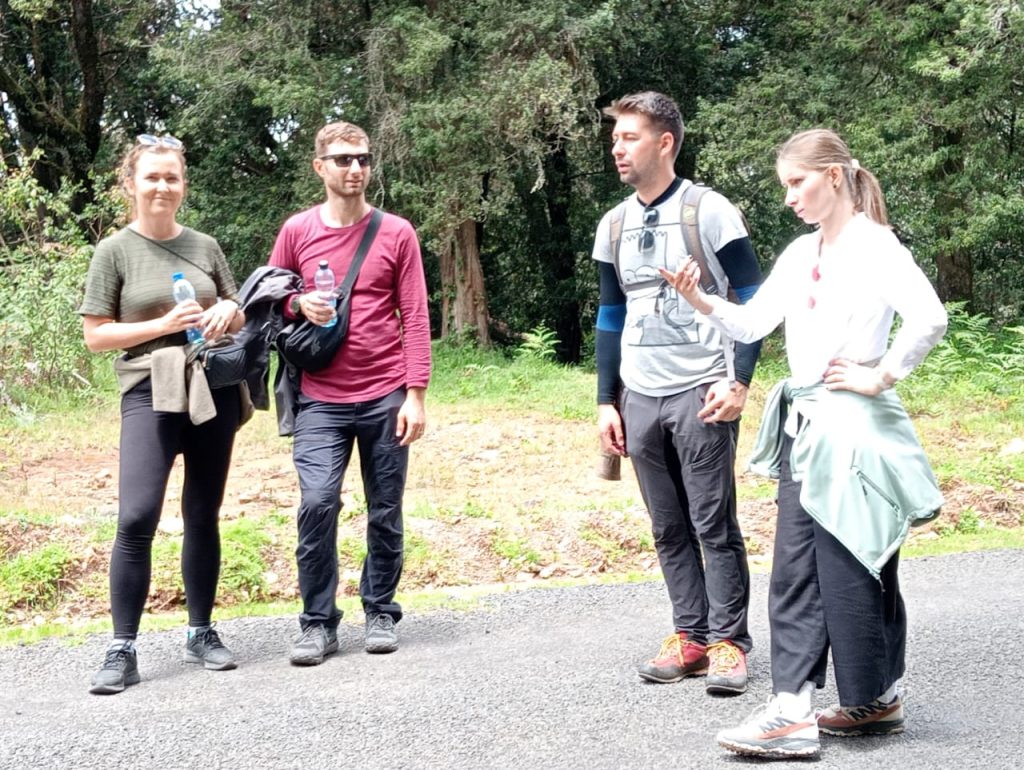
Conclusion
Mount Kenya is an incredible destination for trekkers, climbers, and nature enthusiasts. From its towering peaks to its rich biodiversity, it offers a variety of experiences that make it one of the most unique mountains to climb. Whether you’re seeking adventure, tranquility, or cultural insight, Mount Kenya has something for everyone.
Planning to climb Mount Kenya? Start preparing today! For more information on climbing routes, gear recommendations, contact us at safaris@gemfinderssafaris.com


